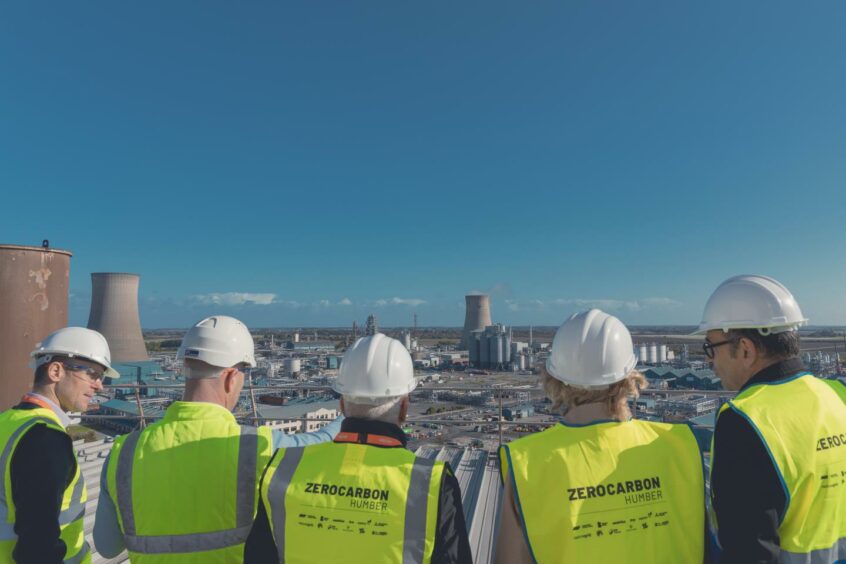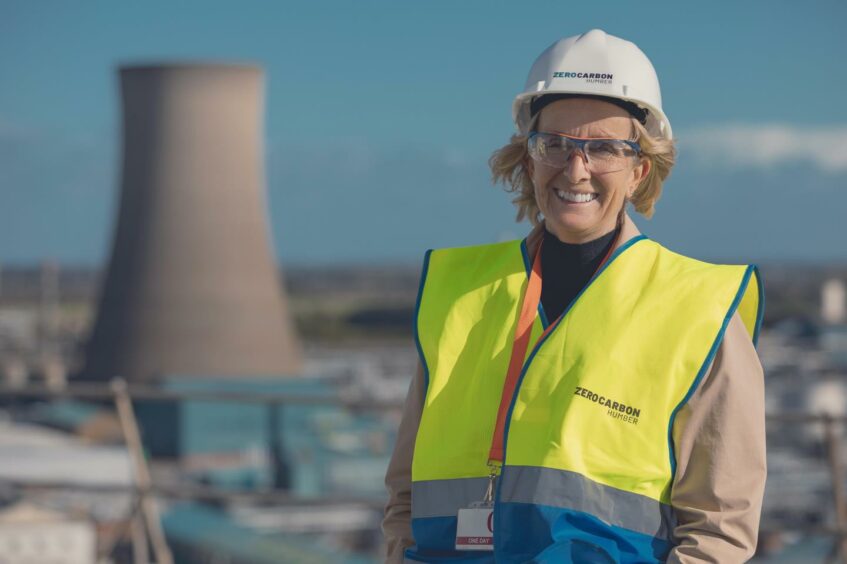
Equinor and SSE Thermal have acquired Triton Power as they prepare for a transition to hydrogen.
The pair have agreed to a £341 million deal for Triton Power with Energy Capital Partners (ECP), an energy-transition infrastructure investor. And they are starting preparations to use hydrogen at the Saltend Power Station.
Equinor and SSE Thermal will own the power company in a 50:50 joint venture, subject to approval by the UK National Security Filing and EU Merger Control.
Included in the deal is the Saltend power station which has an installed capacity of 1.2 gigawatts (GW). This comes from a combined cycle gas turbine (CCGT) that uses natural gas.
The powerplant’s main purpose is to provide electricity during periods of low output from solar and wind.
Equinor and SSE Thermal aim to have the powerplant using 30% hydrogen power from 2027. The end goal is to have the plant running on 100% hydrogen power sometime after that.
The hydrogen for this project could come from Equinor’s Hydrogen to Humber project (H2H) located nearby.
The H2H project can reform natural gas into hydrogen, with carbon capture and storage (CCS), tackling more than 95% of its CO2 content.
Saltend Power Station could then become a major consumer for the hydrogen project.
Chief executive of SSE Thermal Catherine Raw said: “Flexible energy will be crucial as renewable energy scales up further over the coming years, providing important back-up and improving security of supply. But the real gain will be how we contribute to decarbonisation in the longer term, and we are particularly excited about the possibilities for hydrogen and carbon capture in Saltend. Together with Equinor, we will explore all avenues to decarbonise Saltend and create new opportunities for other businesses so that they can operate in a future with net zero emissions,”
Saltend Power Station
Located in Humber, the area that emits more CO2 than any other UK industrial cluster, Saltend power station stands to benefit from a transition to cleaner energy.
Equinor recently took up residency in the Saltend Power Station, setting up the home of the H2H Project. This facility is billed as the world’s largest such plant – its initial phase comprises a 600-megawatt (MW) auto thermal reformer (ATR).
The completion of this facility will see emissions from the park fall by nearly 900,000 tonnes of CO2 per year.
Equinor’s executive vice president for marketing, midstream and processing Irene Rummelhoff said: “This acquisition together with SSE Thermal demonstrates our commitment to building a broad energy partnership with the UK. We will continue to work to supply the UK market with reliable energy and to reduce emissions by offering a transition to hydrogen through our hydrogen project H2H Saltend. Contributing to flexible power supplies with low CO2 emissions to support weather-dependent renewable energy is essential to ensure energy security through the energy transition,”
This acquisition adds to Equinor and SSE Thermal’s portfolio of low carbon solutions in the UK. The pair already have plans for hydrogen power plants, hydrogen storage and CCGTs with carbon capture and storage in Keadby and Peterhead, Scotland.
Recommended for you


 © Supplied by Equinor
© Supplied by Equinor